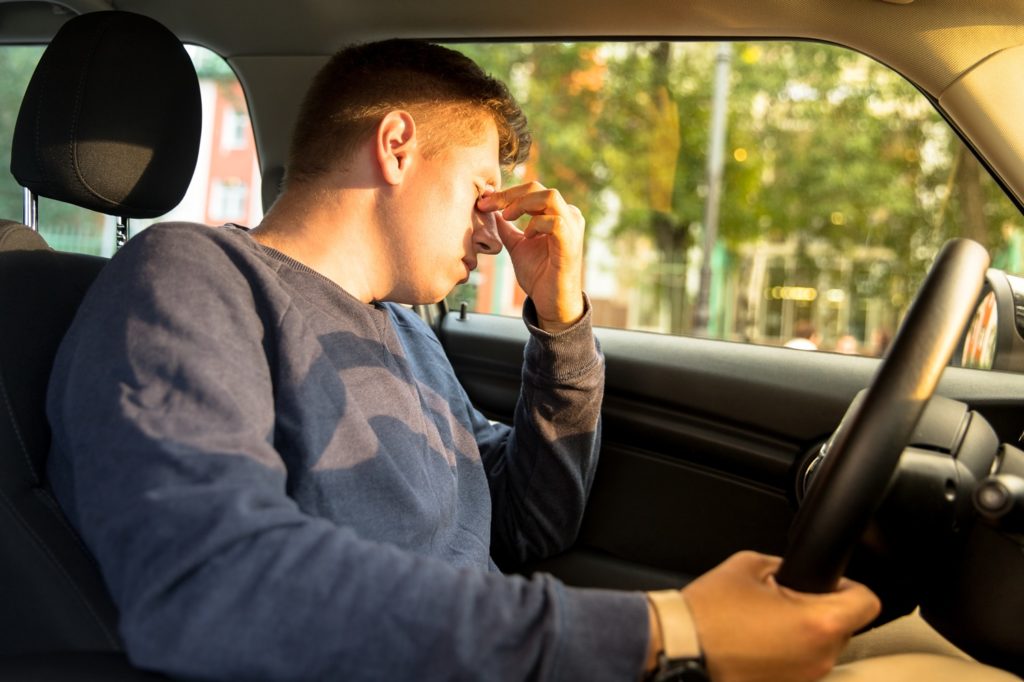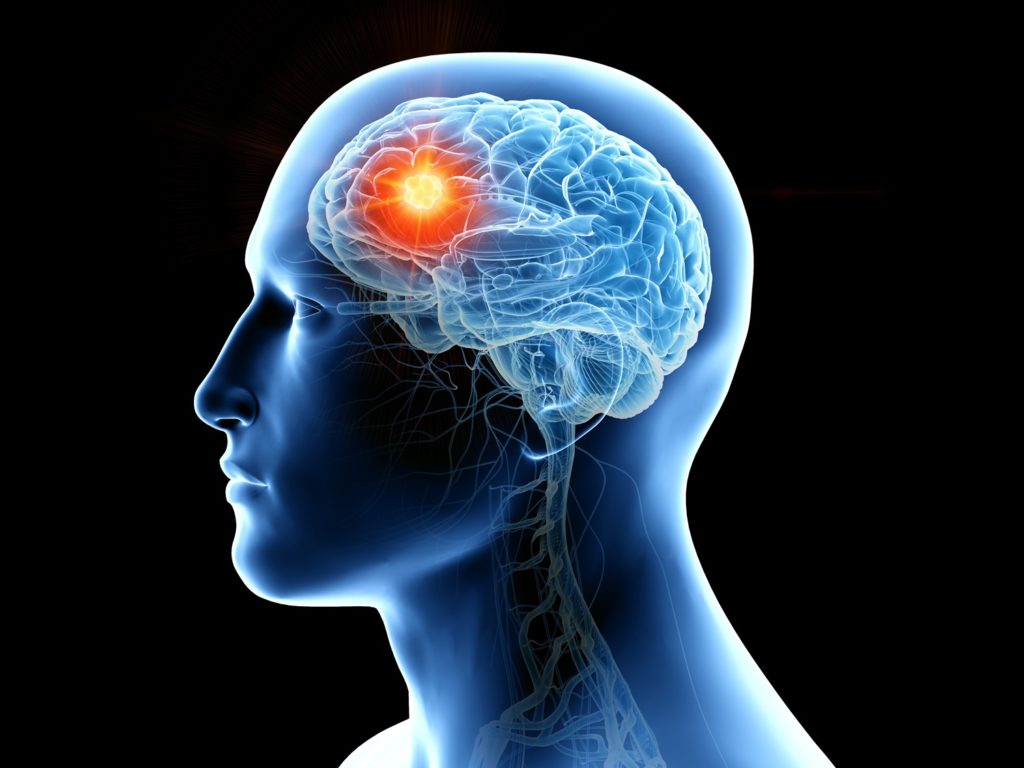Daylight Saving Time (DST) is the practice of adjusting clocks one hour forward during spring and reverting it back in fall. The practice stretches back to the 19th century and is observed by countries above and below the equator due to longer daylight periods in warmer days. The time adjustment is the reason why the phrase “spring forward, fall back” exists.
But when exactly does daylight savings time start?
While there are different schedules of DST adjustments among the countries that observe it, American “spring forward” DST begins on the second Sunday of March. For 2020, it will start at 2:00 a.m. on March 8th. This is observed by 48 states, with Hawaii and Arizona being the only two states without daylight savings time.
Clocks aren’t the only ones that need adjusting during daylight savings. Since daylight will be longer, sleeping time should be adjusted to avoid sleep loss. People who fail to prepare might experience sleep deprivation symptoms similar to having jet lag.
Why are There More Accidents During Daylight Savings?
According to a study conducted by the University of Colorado Boulder, spring forward DST doesn’t just cause people to experience sleep deprivation—it also sees an increase in the number of car crash incidents.

Researchers discovered a spike of 6% in fatal vehicular accidents during the first work week following “spring forward” DST. This reportedly entails 28 additional deaths each year.
Sure, correlation is not causation, but the statistics are notable. But what exactly is causing this surge in DST-related car crashes?
Setting our clocks one hour forward may seem like it won’t make much of a difference in our daily lives. However, statistics show that 20% of Americans sleep less than six hours on a regular day. This means that a significant percentage of Americans are already experiencing sleep loss pre-DST.
These same people (and probably more) are likely to lose more than one hour of sleep during daylight savings—this leads to drowsy driving, which is extremely dangerous.
“They already tend to be more misaligned and sleep-deprived,” said Josef Fritz, a postdoctoral researcher in the Department of Integrative Physiology and first author of the University of Colorado at Boulder’s scientific study. “…and when you transition to daylight saving time it makes things worse.”
The study also cites the later sunrise as a factor in the correlation between “spring forward” DST and the spike in vehicular accidents. Once the clocks are adjusted, many people end up having to drive to work while it’s still dark out. And when combined with lack of sleep, drivers tend to be more prone to distracted driving or reduced response time on these early morning commutes.
What Does Sleep Deprivation Do to the Brain?
For us to understand how a lack of sleep relates to car accidents, let’s look into how our brains work. The brain is divided into four lobes that actively function to help us with our daily tasks: frontal, parietal, temporal, and occipital.

The frontal lobe is involved in planning, movement coordination, cognitive behavior, decision making, and language production. The parietal lobe is responsible for processing sensory information like the sense of touch, temperature, and pain. The temporal and occipital lobes, on the other hand, process auditory and visual information, respectively.
Driving requires all the areas of your brain to function properly. However, for your brain to operate at its best, it needs all the necessary ingredients like oxygen, vitamins, and other minerals. But apart from those, it needs time to re-energize its cells and it can only successfully do this when you get the recommended hours of sleep.
Safety Tips for “Spring Forward” Daylight Savings
To avoid accidents once daylight saving time rolls around, here are a few tips:
Shift Your Sleep Schedule Gradually
Make sure that you don’t lose out on sleep by consistently going to bed early at least a week before DST begins. Gradually adjust your usual routine as the day of adjustment approaches. This will help you cope with the change slowly instead of forcing yourself to instantly adjust.
Promote Better Sleep Through Minor Lifestyle Changes
For some people, going to bed early isn’t as easy as it sounds. If you’re a part of this group, you can give yourself some extra help by making a few changes in your lifestyle and environment.
Reduce your consumption of caffeine and nicotine before bed. Alcohol, which many believe to be a good sleep aid, must also be avoided as it can decrease the quality of your sleep.
You can also build a sleep-inducing environment by keeping your bedroom cool and dark, and ideally by turning off all electronic devices or removing them from the room entirely.
Also, avoid doing any other activities in your room, like working on your laptop, or eating and watching TV. This will help condition your brain to associate your bedroom with sleep—and only sleep.
Make Sure Your Vehicle’s Lights are Working Properly
As previously mentioned, daylight savings will likely mean that you’ll have to drive to work before sunrise. This means that you’ll need your headlights and tail lights to be fully functional to ensure your safety.

Replace any failing subcomponent such as headlight bulbs, backup light socket, cracked headlight lenses, and broken tail light panels.
In some cases, you may even need to replace the entire headlightortail light assembly.
Inspect Your Car for Other Broken or Failing Components
Apart from your lights, check on any other components that are critical to your driving safety. Examine your mirrors, brake components, and steering system before heading out.
If you notice an issue, bring your car to a certified mechanic or purchase the necessary replacement parts.
Maintain a Three-Second Following Distance
There’s a rule of thumb when it comes to the distance between you and the car in front of you—the three-second gap. To measure this, look for a point of reference far ahead like a pole, a tree, or a road sign. Wait for the car in front of you to pass the object before you start counting.
If you passed the reference object before the three-second mark, slow down a bit. Maintain this distance between yourself and the car in front of you to give you enough time to brake or react in the case of sudden stops.
Avoid Distractions
Avoid using or glancing at your phone while driving. Focus on the road and stay awake.
If you’re feeling sleepy, make a stopover and do some stretching exercises. You may also go for a cup of coffee, but make sure to limit the amount you drink per day.
Any information provided on this Website is for informational purposes only and is not intended to replace consultation with a professional mechanic. The accuracy and timeliness of the information may change from the time of publication.



















